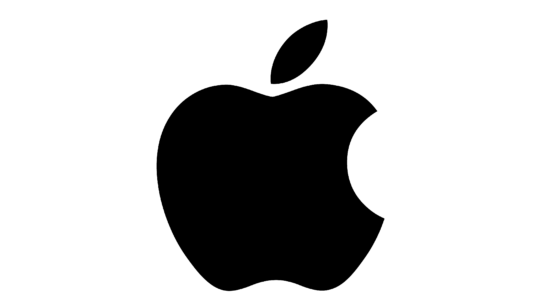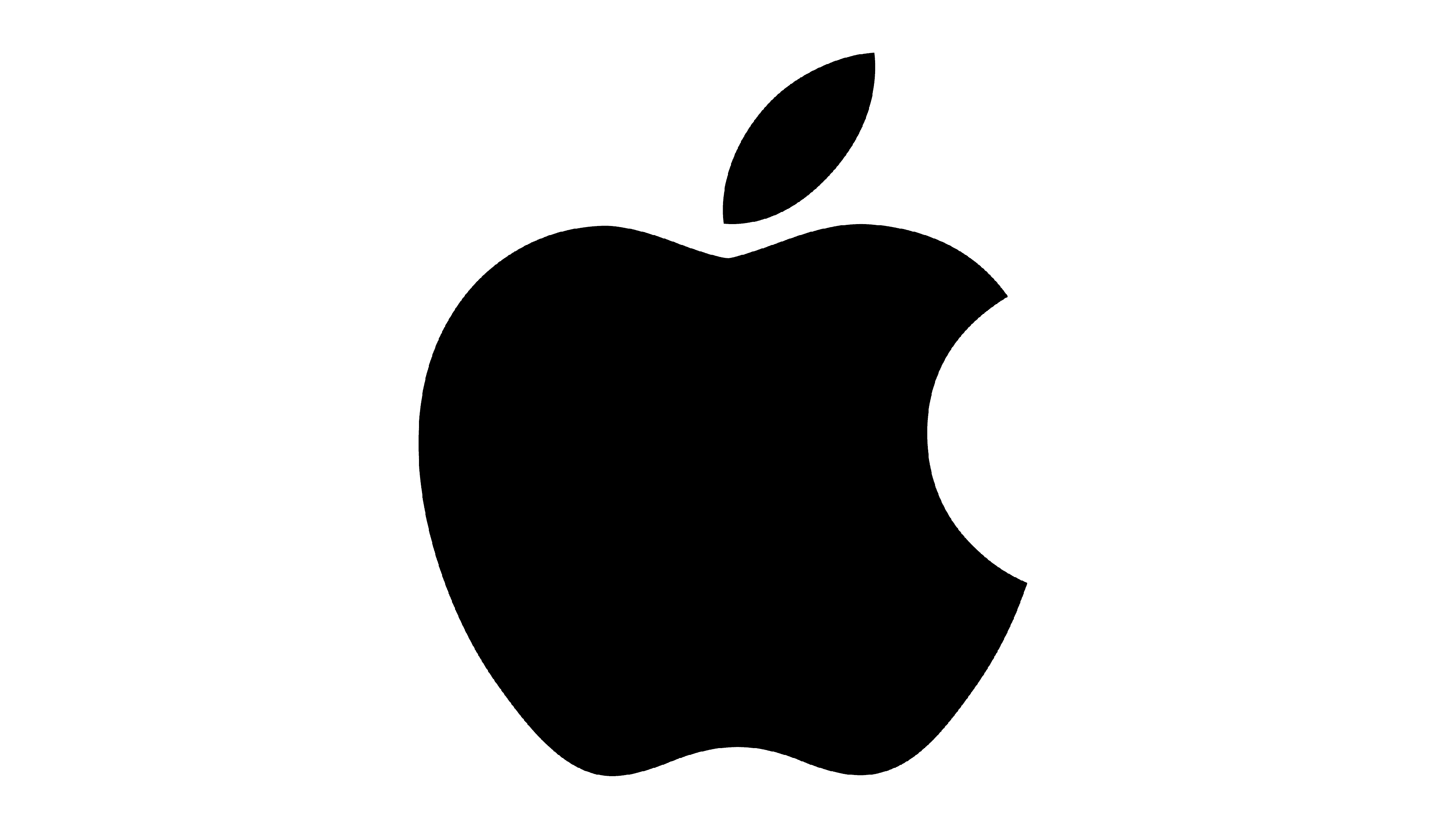Steve Jobs, along with Steve Wozniak and Ronald Wayne, co-founded Apple on April 1, 1976. Here’s a story of how Jobs transformed a small startup into one of the world’s leading tech companies.

The Early Days
Finding Inspiration
In the mid-1970s, Silicon Valley was buzzing with innovation. Steve Jobs, always curious and driven, was drawn to the burgeoning world of computer technology. He met Steve Wozniak, a brilliant engineer with a passion for electronics.
Starting Apple
Jobs and Wozniak decided to build a personal computer. To fund their new venture, Jobs sold his Volkswagen van and Wozniak sold his HP calculator. Together with Ronald Wayne, they founded Apple Computer, Inc. Their first product was the Apple I, a computer kit that hobbyists could assemble at home.
Building a Foundation
Introducing the Apple I
The Apple I, launched in 1976, was a single-board computer sold as a kit. Unlike other hobbyist computers, it came fully assembled. Users needed to provide their own case, power supply, and keyboard, but it was a significant step forward in making computers accessible.
Success with the Apple II
In 1977, Apple released the Apple II, a major upgrade. It featured color graphics and an open architecture, becoming one of the first mass-produced personal computers to gain widespread popularity. Jobs’ marketing skills and vision played a crucial role in its success.
Innovation and Growth
The Macintosh Revolution
In 1984, Apple launched the Macintosh, the first personal computer with a graphical user interface (GUI) and a mouse. The famous “1984” Super Bowl commercial, directed by Ridley Scott, made a huge impact and positioned the Macintosh as a revolutionary product.
Challenges and Jobs’ Departure
Despite these successes, internal conflicts arose. Jobs’ intense and often demanding management style led to clashes within the company. In 1985, after a power struggle, Jobs was forced out of Apple by then-CEO John Sculley.
New Ventures and Return
Creating NeXT and Revitalizing Pixar
After leaving Apple, Jobs founded NeXT, a company that developed high-end computers for the education and business markets. He also acquired Pixar, transforming it into a leader in computer animation.
Returning to Apple
In 1996, Apple acquired NeXT, bringing Jobs back to the company. By 1997, he was Apple’s interim CEO and began turning the struggling company around with innovative strategies and products.
The Comeback and Iconic Products
Revolutionary Products: iMac, iPod, iPhone, and iPad
Under Jobs’ leadership, Apple launched a series of groundbreaking products: the iMac in 1998, the iPod in 2001, the iPhone in 2007, and the iPad in 2010. These products revolutionized their respective markets with sleek design, cutting-edge technology, and intuitive interfaces.
Building the Apple Ecosystem
Jobs focused on creating a cohesive ecosystem of products and services. By integrating hardware, software, and services like iTunes and the App Store, Apple provided a seamless user experience. This approach helped establish Apple as a premium brand.
Steve Jobs’ Legacy
Visionary Leadership
Steve Jobs’ visionary leadership and knack for anticipating consumer needs were central to Apple’s success. His emphasis on simplicity, elegance, and user-centric design became the hallmarks of Apple’s products.
A Lasting Impact
Jobs’ influence extended beyond technology, impacting industries such as music, entertainment, and telecommunications. His legacy continues to shape Apple and the tech industry, underscoring the importance of innovation, design, and having a compelling vision.


